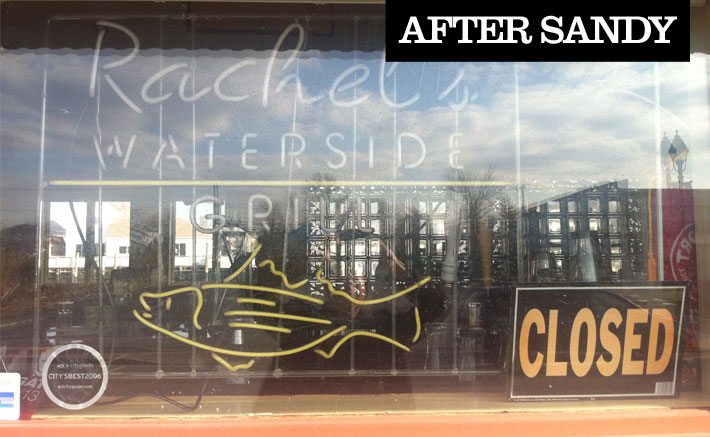
At 65 mph on the Long Island Expressway it’s hard to see the significance of the brown field wedged along the North Service Road at Exit 43A and Robbins Lane, but those 39 acres in Syosset have marked a monumental battle that’s been going on for nearly two decades, costing millions of dollars with no end in sight.
The battle began in 1986, when the Cerro Wire Factory stopped making steel electrical conduits, copper rods and steel strips for the construction industry at the site. Then the Tribune Company was supposedly going to build a printing plant and distribution center to compete with Newsday’s monopoly on Long Island, as the newspaper had launched its New York edition to give the New York City tabloids competition. Instead, the Chicago-based company sold the property to the Michigan-based developer of upscale malls, the Taubman Company, which wanted to build almost 1 million-square feet there with nearly 5,000 parking spaces for its high-end anchor tenants, Nieman Marcus and Nordstrom. Predictably, the plan quickly ran smack into vehement local opposition. There’s an elementary school within a mile, and a Long Island Rail Road crossing at grade level on Robbins Lane, to name two complaints.
Taubman has since scaled back its proposal, now set at 750,000-square feet, but that has not appeased the opponents of the mall. In fact, anyone driving south on Robbins Lane from Jericho Turnpike today can see a large billboard with bright yellow letters on a green background proclaiming: “Taubman Co.: Listen to the community! No mall here!”
Interestingly, the billboard and the website advertised on it, www.NoMallHere.com, are sponsored by Simon Property Group, an Indianapolis-based developer, which happens to already own four malls on Long Island: Roosevelt Field in Garden City, Walt Whitman in Huntington Station, Smith Haven in Lake Grove and the Source Mall in Westbury.
Recently some residents of Nassau County received a glossy mailing from Bloomfield Hills, Mich., Taubman’s headquarters, depicting an artistic rendering of “The Mall at Oyster Bay.” The illustration of the future shopping center is stuck on a rusted metal post in an overgrown field, presumably the disputed parcel. In bold letters, it spells out the developer’s stance: “Some see an empty lot. We see jobs, lower taxes and funding for schools.”
Recipients are urged to go to Taubman’s website: www.LongIslandJobsNow.com. Among the claims touted by the pamphlet are that the project would generate “5,500 new, good jobs and close widening budget gaps by creating $50 million in tax revenue annually, including $5 million in annual revenue for Syosset schools.”
Still, it’s a tough sell.
“Their numbers are not realistic,” says Oyster Bay Town Supervisor John Venditto, a Republican who took office in 1998. He says “their arguments are specious.”
In 2001, the town board denied Taubman’s proposal that reduced the mall to 860,000-square feet. Since then, Venditto says, Oyster Bay has been waiting for Taubman to start the Supplemental Environmental Impact Statement (SEIS) process, “which was ordered” by the Appellate Court in 2009, Venditto says, to review whether the 750,000-square-foot mall “achieves the necessary degree of mitigation” that had caused the town board to deny the previous application.
“Instead of processing the application, which they should have been doing,” Venditto adds, the developer has launched a “media blitz” that preys “upon people’s fears about the economy.”
Since the high-end mall was first proposed for the site, which is bordered by the LIRR, the LIE service road, and the former town dump (a cleaned-up federal Super Fund site), trade unions have been clamoring for the construction jobs the project offers. Unemployment in the trades has been currently pegged at 30 percent here. Taubman has said it would finance the mall with more than $500 million, with another $200 million coming from the anchor tenants.
So far, according to news reports, the developer has spent $160 million on the site, which included cleaning up the contamination left by Cerro Wire. But still, after 17 years, not a single job has been created there.
“The unions came out at the first major public hearing in Oyster Bay and they packed the room,” says someone who was actively engaged at the time in drumming up support for the Taubman project but asked not to be named.
On the other side of the room were people from the Birchwood neighborhoods north of the location on Robbins Lane, along with other civic leaders. The meeting started at 10 a.m. and ran until 4 a.m. the next morning.
“It was a knock-down, drag-out fight,” this person tells the Press.
Judging from the accusations flung by both sides of the issue today, the bellicosity shows no sign of abating. And that puts an advocate for local development like Desmond Ryan, executive director of the Association for a Better Long Island, in a no-man’s land, since both the Taubman Company and Simon Property are members of his pro-growth organization.
“It’s probably one of the best parcels of real estate on Long Island, based on its size and its location,” Ryan says. “To have it sit there, lying fallow for almost 20 years,” he continues, “is basically a regional disgrace.”







